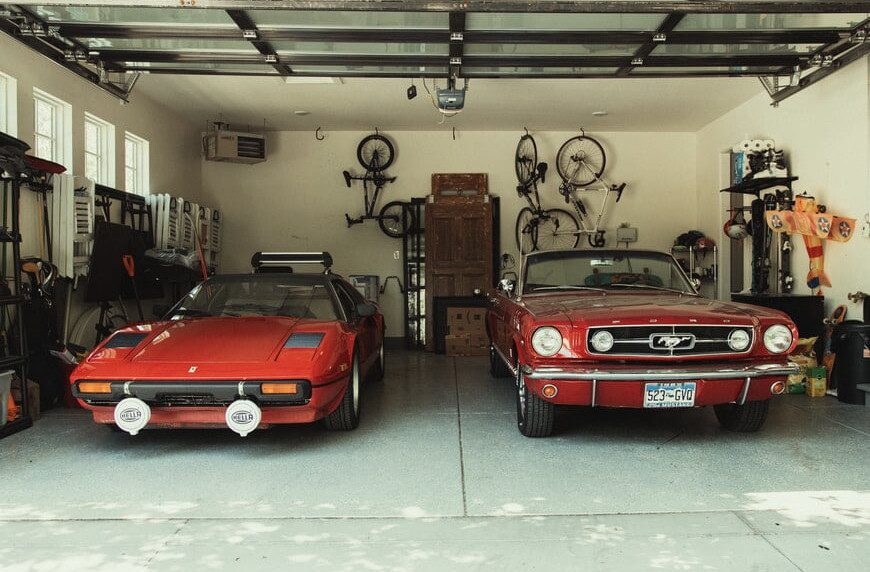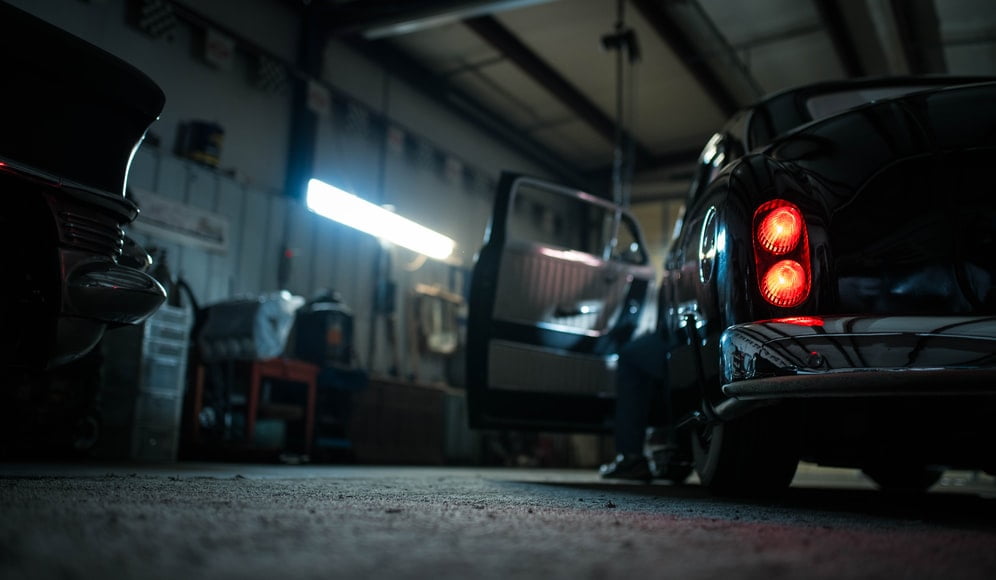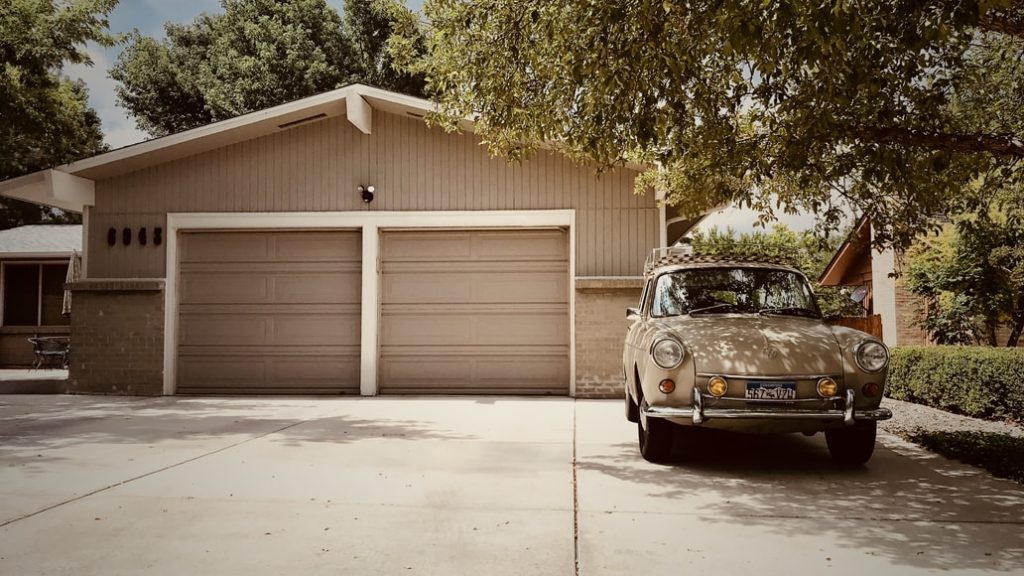
Have you ever dreamed of having your very own shop? It could be as simple as converting your current garage into a space that’s more optimized for your tools and projects. The question is, where do you start?
4 Tips for a Garage-to-Shop Transformation
Most homeowners do not use their garages for parking vehicles. Instead, they store junk, lawn care tools, and equipment, or occasionally tinker around with projects and hobbies. The problem is that most people still pretend like it’s a garage.
They fool themselves into thinking they’ll eventually use it for its original purpose: storing vehicles. As a result, the garage ends up being this messy hybrid space that’s not able to be used for vehicles, yet it isn’t very functional for use as a workshop. Don’t do this!
If you’re already using your garage as an informal workshop, why not go ahead and make a full transformation? You’ll enjoy it more and it’ll get more use. Here are some tips for turning your garage into a workshop with less effort, lower costs, and better results.
1. Plan the Layout

Most people have inefficient and dysfunctional garage workshops. This is usually due to the fact that they try to fit a workshop into a garage, rather than attempt to turn their garage into a workshop. Now that you’re making the full transition, it’s time to totally rethink the layout.
Create a logical floor plan that’s based on similar tools and tasks. For example, a woodworker might have an intake section where boards and sheet goods can be stored. Then there’s a cutting station where you can break down goods into sizes. And then there’s an assembly and glue up station. By organizing the layout this way, work becomes safer and more efficient.
2. Choose the Right Materials
You may need to upgrade some of the basic materials in your garage to make the space more conducive to being a safe and clean workshop.
Drywall comes to mind. Most garages have traditional drywall. However, these walls are permeable and will soak up toxins, oil, and other substances it comes into contact with. (And they don’t do well with water or moisture.) Replacing drywall with Trusscore PVC panels gives you a more durable and hygienic option. You also need to think about the material for the floor. If you want to go for a clean look, epoxy is definitely one of the best options. Work with a reliable supplier like Epodex if you want to get the best quality epoxy resin.
3. Get Organized

Nobody wants a messy shop. Not only is it dangerous, but it’s also extremely unsafe and unsanitary. And when your workshop is a mess, you might not even care to spend time in it. (Which defeats the entire purpose of having a dedicated workshop, to begin with.)
Have a plan for the organization from the start. This includes adequate work surfaces and benches, cabinets, and bins. You should also utilize vertical wall storage systems, which free up floor space and make it easier to safely move around.
4. Plan for the Practical
Most people get so caught up in the big picture elements that they forget about the importance of the finer details. And when you really get down to it, it’s the practical elements that make or break a workshop’s functionality.
For example, make sure you have electrical outlets within reach at all times. Otherwise, you’ll have to run extension cords around your shop, which makes for an unpleasant and unsafe experience. It’s also important to have adequate task lighting.
As handyman Timothy Dahl notes, “Garages are dark, which makes lighting a priority for a productive workspace. Track lighting is an easy option to install and gives you some directional overhead lighting, but it can cast shadows (especially if the light source is behind you while you work) and you’ll need another lighting source for the task and overall room illumination.”
If you don’t already have windows in your garage, run the numbers to see what it costs to add some. Nothing beats natural light. The more natural light you can add to the space, the less dependent you become on artificial light.
Design the Ultimate Home Workshop
It doesn’t matter if you have a one-car garage, a three-car garage, an old garage, or a new garage – it’s never been easier to transform this space into a full-time workshop. Use the tips outlined above to get started. Don’t be afraid to get creative!
Read Also:




























